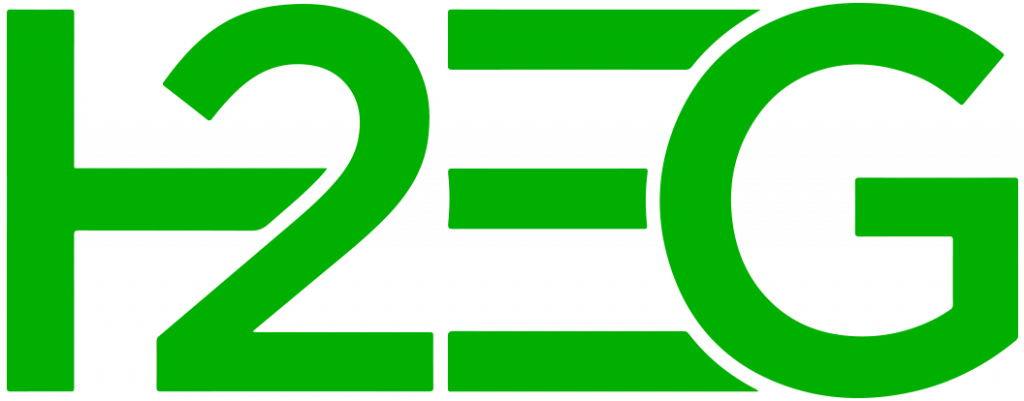
Hydrogen supplier and project developer Econ is collaborating with energy firm Skellefteá Kraft to roll out a network of hydrogen refuelling stations throughout Sweden.
Although the companies did not disclose the station’s capacity, H2 View understands it is equipped for refuelling at both 350 bar and 700 bar, serving heavy-duty transport as well as passenger vehicles.
“With the opening of this station, we are jointly taking an important step towards clean and sustainable mobility in Sweden,” explained Rob Castien, Resato CEO.
“Our Swedish partner Euromekanik has been a constant source of support, standing side-by-side with us throughout the entire journey.”
By mid-2025, Resato had established a significant footprint in central and northern Europe, with 25 stations in the Netherlands and 14 in Germany already in operation.
The company’s ambition is to deliver 1,000 hydrogen refuelling stations by 2030.
“We can deliver stations now, but we need to scale up,” Castien previously told H2 View, but he added, “The risk for us is the availability of vehicles – is there enough quantity in the market?
“We’re also worrying about the technology readiness level of hydrogen electrolyser plants. We’re seeing a lot of electrolyser manufacturers struggling to deliver reliably at an increasingly larger scale.”
EU must scale hydrogen trucking and refuelling to hit €8/kg by 2030: GHMA
The Global Hydrogen Mobility Alliance (GHMA) claims hydrogen trucking can reach €8/kg by 2030, a level that would bring it close to cost parity with diesel and battery-electric vehicles (BEVs).
But Europe must abandon the pilot mentality and back large-scale liquid hydrogen stations with flexible early sourcing for that to happen.
According to GHMA’s new Market Activation Strategy report, the focus should be on building hydrogen refuelling stations with capacities of up to four tonnes per day.
The Alliance, backed by major players like Toyota, BMW, and Linde, noted that small stations, typically below 0.5 tonnes per day, have struggled, often operating at less than 20% utilisation and proving uneconomical.
Continue reading here.

